Mild chilis are pepper varieties with low heat levels, typically under 2,500 Scoville Heat Units (SHU). Unlike hot peppers, they deliver rich flavors—earthy, sweet, smoky, or fruity—without overwhelming spiciness, making them ideal for beginners, children, and anyone who prefers milder dishes. In this guide, we'll cover everything you need to know: popular mild chili types, accurate heat levels, cooking techniques, and expert buying tips to enhance your meals safely and deliciously.
Table of Contents
- What Are Mild Chilis?
- Types of Mild Chilis You Should Know
- Heat Level Demystified: How Mild Is Mild?
- Why Use Mild Chilis in Your Cooking?
- How to Cook with Mild Chilis Like a Pro
- Buying Guide: Choosing the Best Mild Chilis
- Frequently Asked Questions
- Conclusion
What Are Mild Chilis?
Mild chilis are defined by their low heat intensity on the Scoville scale, typically ranging from 0 to 2,500 Scoville Heat Units (SHU). These peppers prioritize flavor complexity—such as sweetness, smokiness, or fruitiness—over spiciness, making them versatile for all skill levels. Unlike hot peppers that dominate with heat, mild chilis gently enhance dishes without causing discomfort, perfect for sensitive palates or family-friendly meals.
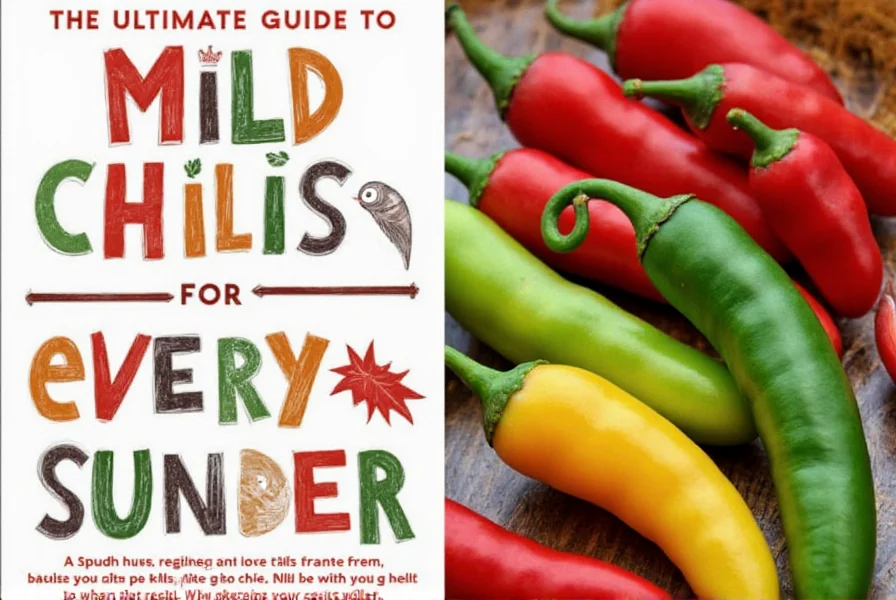
Types of Mild Chilis You Should Know
Let's explore the most common mild chili varieties you'll encounter in markets or recipes. These peppers consistently fall within 0–2,500 SHU, ensuring gentle heat with rich flavor profiles.
| Name | Scoville Heat Units | Taste Profile | Best For |
|---|---|---|---|
| Bell Pepper | 0 SHU | Sweet, crisp, and slightly vegetal | Salads, stir-fries, stuffed dishes |
| Poblano | 1,000–2,000 SHU | Earthy, mildly spicy, rich | Rellenos, sauces, soups |
| Anaheim | 500–2,500 SHU | Mildly spicy, grassy, slightly sweet | Chiles rellenos, roasted dishes |
| Shishito | 50–200 SHU | Smoky, sweet, slightly citrusy | Blistered appetizers, salads |
Heat Level Demystified: How Mild Is Mild?
The Scoville scale measures pepper heat, but "mild" has clear boundaries:
- 0–1,000 SHU: Very mild or non-spicy (e.g., bell peppers, shishitos).
- 1,000–2,500 SHU: Mild (e.g., poblanos, anaheims).
Actual heat can vary due to:
- Seed and Vein Content: Capsaicin (heat compound) concentrates in seeds and membranes; removing them reduces spiciness.
- Ripeness: Riper peppers often have higher heat than green ones.
- Personal Sensitivity: Individual tolerance affects perceived heat—what feels mild to one person may be spicy to another.
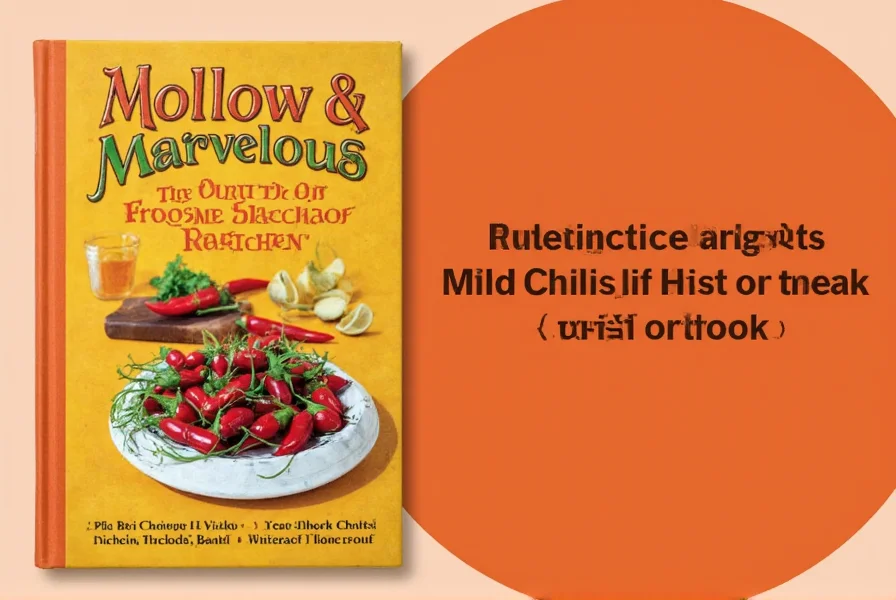
Why Use Mild Chilis in Your Cooking?
Mild chilis are nutritional and flavor powerhouses with unique benefits:
- Versatility: They complement global cuisines—Italian, Asian, Mexican—without overpowering other ingredients.
- Nutrient Density: High in vitamins A and C, antioxidants, and fiber. Bell peppers contain more vitamin C than oranges by weight.
- Kid-Friendly: Introduce children to spices safely; no risk of overwhelming heat.
- Customizable Heat: Easily adjust spiciness by removing seeds or pairing with neutral ingredients like yogurt or avocado.
How to Cook with Mild Chilis Like a Pro
Master these techniques to unlock maximum flavor from mild chilis:
1. Roast Them for Smoky Depth
Char poblanos, anaheims, or bell peppers over an open flame or under the broiler until blistered. Steam in a sealed bag for 10 minutes, then peel off the skin. This enhances natural sugars and adds rich smokiness to sauces, soups, or stuffed dishes.
2. Add Color and Crunch to Salads
Thinly slice shishitos or red bell peppers for vibrant texture. Toss with arugula, olive oil, lemon juice, and a pinch of salt for a refreshing, low-heat salad.
3. Make Flavorful Salsas and Sauces
Blend roasted poblanos or anaheims with garlic, cilantro, lime, and tomatoes for a zesty salsa. For creamier options, mix with avocado or Greek yogurt.
4. Use Dried Varieties for Richness
Soak dried poblanos (ancho chilis) in hot water for 20 minutes, then blend into mole sauces or braised meats for deep, fruity notes without intense heat.
5. Pair with Sweet Ingredients
Roasted red bell peppers harmonize with honey or balsamic vinegar. Shishitos shine with sesame oil and soy sauce in Asian-inspired dishes.

Buying Guide: Choosing the Best Mild Chilis
Whether shopping locally or online, these tips ensure you select fresh, high-quality mild chilis:
Top Products to Consider
Curated options for reliable mild chili varieties:
| Product Name | Features | Advantages | Use Cases | Audience |
|---|---|---|---|---|
| California Grown Poblano Peppers | Fresh, firm texture, medium size | Ideal for stuffing and roasting | Chiles rellenos, salsas, soups | Home cooks, Mexican cuisine lovers |
| Organic Anaheim Chili Packets | Pre-sliced, organic certified | Convenient, no prep needed | Stir-fries, casseroles, enchiladas | Busy home chefs, organic foodies |
| Mini Sweet Bell Peppers | Snack-sized, sweeter than regular bells | Perfect for raw eating or light roasting | Snacks, salads, charcuterie boards | Health-conscious eaters, kids |
| Asian Shishito Pepper Mix | Includes both green and red varieties | Varied heat levels and colors | Blistered apps, grilled side dishes | Foodie explorers, grill enthusiasts |
Tips for Buying Fresh Mild Chilis
- Look for firmness: Avoid soft, wrinkled, or slimy peppers—they've lost freshness.
- Check the color: Bright, uniform hues indicate ripeness and peak flavor.
- Store properly: Keep fresh chilis in the fridge crisper drawer for up to 1 week. For longer storage, roast and freeze in airtight containers.
Tips for Buying Dried Mild Chilis
- Flexibility test: Dried chilis should bend without snapping; brittle ones are too old.
- Inspect for mold: Check inner surfaces for moisture or discoloration before purchase.
- Buy in small batches: Spices lose potency over time; use within 3–6 months for best flavor.
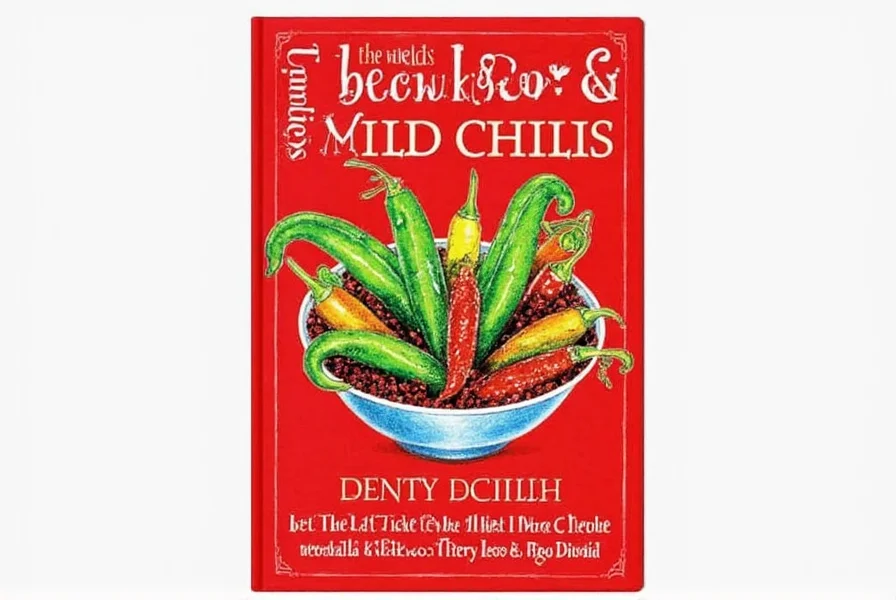
Frequently Asked Questions About Mild Chilis
What exactly qualifies as a mild chili?
Mild chilis typically range from 0 to 2,500 Scoville Heat Units (SHU), with bell peppers (0 SHU) being non-spicy and poblanos/anaheims offering gentle warmth. This category prioritizes flavor complexity—sweet, smoky, or fruity notes—over heat. Peppers above 2,500 SHU (like jalapeños) are generally not considered mild due to higher spiciness.
Can mild chilis still add significant flavor to dishes?
Absolutely! Mild chilis are flavor powerhouses. Bell peppers contribute crisp sweetness, poblanos add earthy depth, and shishitos bring smoky notes. Roasting enhances their natural sugars, creating rich sauces, soups, or salsas without overwhelming heat. They're essential for building layered flavors in global cuisines.
How can I use mild chilis if I'm cooking for people who don't like spicy food?
Mild chilis are perfect for heat-sensitive diners. Start with bell peppers (0 SHU) or shishitos (50–200 SHU), which rarely cause discomfort. Remove seeds and white membranes from poblanos or anaheims to minimize any residual heat. These peppers add authentic chili flavor without spiciness—ideal for family meals or catering to diverse preferences.
Are mild chilis healthy?
Yes, mild chilis are nutrient-dense. They're rich in vitamins A and C (bell peppers contain 150% of daily vitamin C per serving), antioxidants, and fiber. Even mild chilis contain trace capsaicin, linked to metabolism and inflammation benefits. Their low heat makes these nutrients accessible to everyone, including children and those with sensitive stomachs.
What's the best mild chili for beginners to try?
Begin with bell peppers (0 SHU)—zero heat and maximum versatility. Once comfortable, try shishitos (50–200 SHU), which are mostly mild with occasional subtle heat. Poblanos (1,000–2,000 SHU) are excellent next steps; roast them to bring out sweetness and smokiness without significant spice. These peppers build confidence for exploring more complex flavors safely.
Can I substitute mild chilis for hotter varieties in recipes?
Yes, but with flavor adjustments. Use poblanos instead of jalapeños for salsas (they'll be less spicy but earthier), or anaheims for serranos in sauces (milder with grassy notes). For Mexican dishes like mole, dried poblanos (ancho chilis) replace hotter dried chilis while maintaining authentic depth. Always taste-test and adjust other ingredients to balance the dish.
How should I store mild chilis to keep them fresh?
Store fresh mild chilis in the crisper drawer of your refrigerator for 1–2 weeks. For longer storage, roast and freeze them in airtight containers for up to 6 months. Dried mild chilis like ancho should be kept in cool, dark places in sealed jars—they stay potent for 6–12 months. Discard if they become brittle, moldy, or lose vibrant color.
Conclusion
Mild chilis are the unsung heroes of the kitchen, offering rich flavor without fiery intensity. From the crisp sweetness of bell peppers to the smoky depth of roasted poblanos, these versatile peppers elevate dishes for all palates. Whether you're a beginner or a seasoned cook, embracing mild chilis unlocks endless culinary possibilities—safely and deliciously.
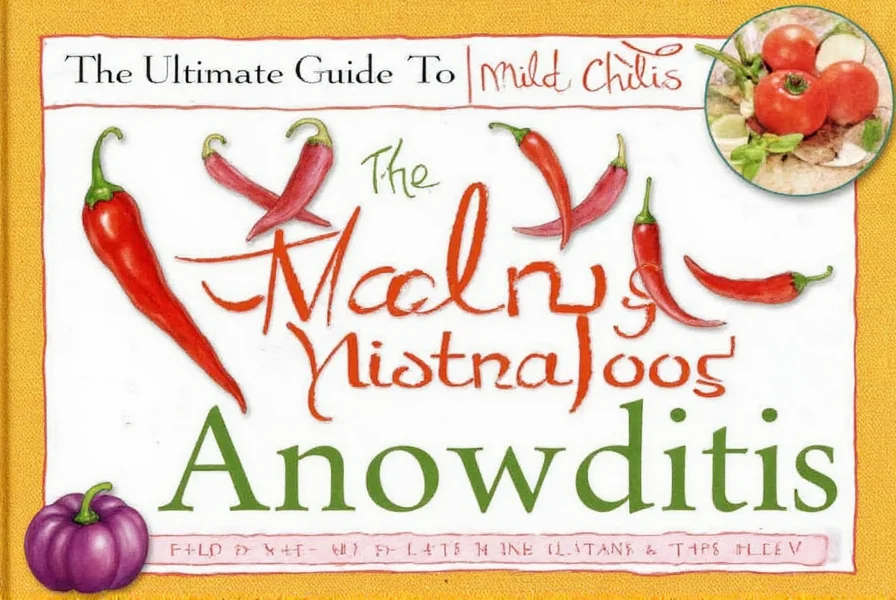

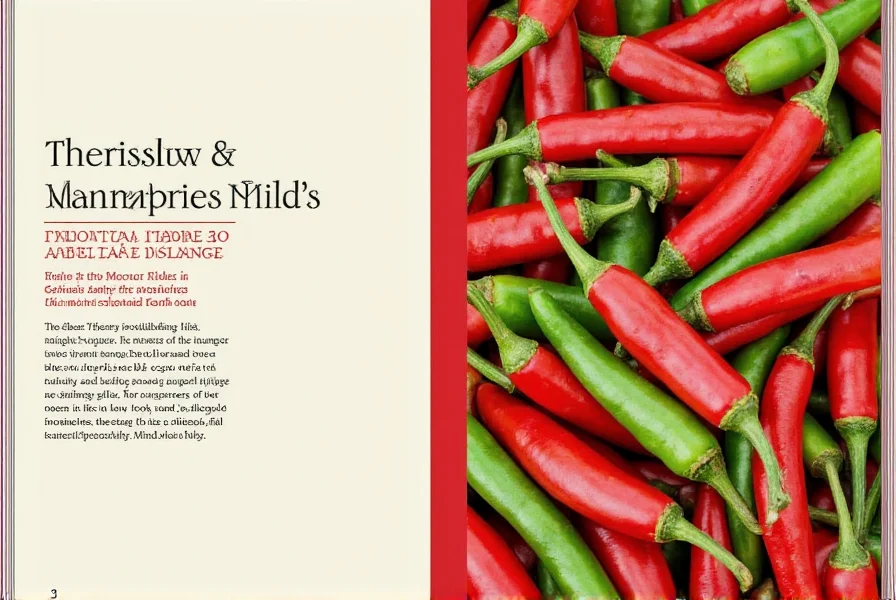









 浙公网安备
33010002000092号
浙公网安备
33010002000092号 浙B2-20120091-4
浙B2-20120091-4